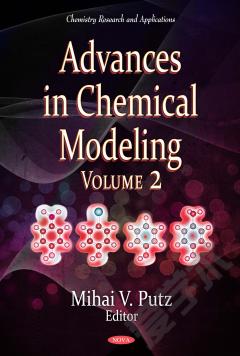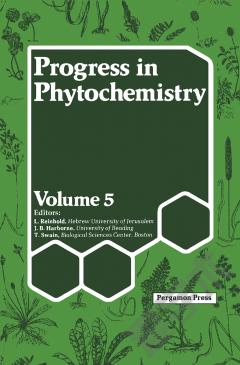Advances in Chemical Modeling. Volume 5
In the 1970s, when something like chemical graph theory and molecular topology arose, the quantum chemical community began to criticize it, mainly with the argument that it reduced chemistry to mathematics, to empty meaningless numbers, to non-physical interpretable indices, to a combinatory without synthesis counterpart, to an algebra (matrices and polynomials) exercise; moreover, since the kenographs were mainly the objects of the chemical graph theory study, i.e. the chemical structures’ skeleton (mostly of carbon-based contents) excluded the hydrogen structural influence (the most abundant element of universe) and even the hetero-atom combination, i.e. the essence of chemistry combinations. Therefore, so what for a whole theory of chemistry just for the carbon skeleton-based compounds? Years passed and the tension between the chemical graph theory/topology indices and the consecrated quantum chemistry/chemical reactivity indices continued, with fruitful results on both sides. It wasn’t until the XXI century that arose the so-called nanoscience tendency to unify all natural sciences that work using models of causes at the nano-level of matter to describe and predict meso- to micro-/macro- chemistry (i.e. the chemistry of materials nowadays) with certain influences in bio-/eco-/pharmaco- toxicology and environment, so in everyday life and a sustainable (or not) future on planet Eaarth (double “aa” is for emergency)! The dawn of the XXI century brings the fertile idea that nanosystems are benchmarks of extended carbon systems, whose nano-precursors are benzenoids’ condensations, so reviving in a surprising manner the interest of chemical graph theory first and then on its quantitative output through topological indices; yet, nowadays the challenge is double: nanochemistry should “color” the topology with quantum information and be applied to medium-to larger systems. The kenographs are no longer a problem as far-extended saturated systems are under focus; moreover, what is abstracted for graphs and nano-skeletons may work for Carbon as well as for Silicium, so opening/preparing the next stage in nanochemistry – the chemistry of Silicium, with so much promise to connect with long-expected first nano-tronic devices on a main stream level with harvesting, ecology, and sustainability effects in economy and social life! Aiming to document this undeniable nano-chemistry future, the present volume, while continuing the series, contains world-class research.
{{comment.content}}








 京公网安备 11010802027623号
京公网安备 11010802027623号